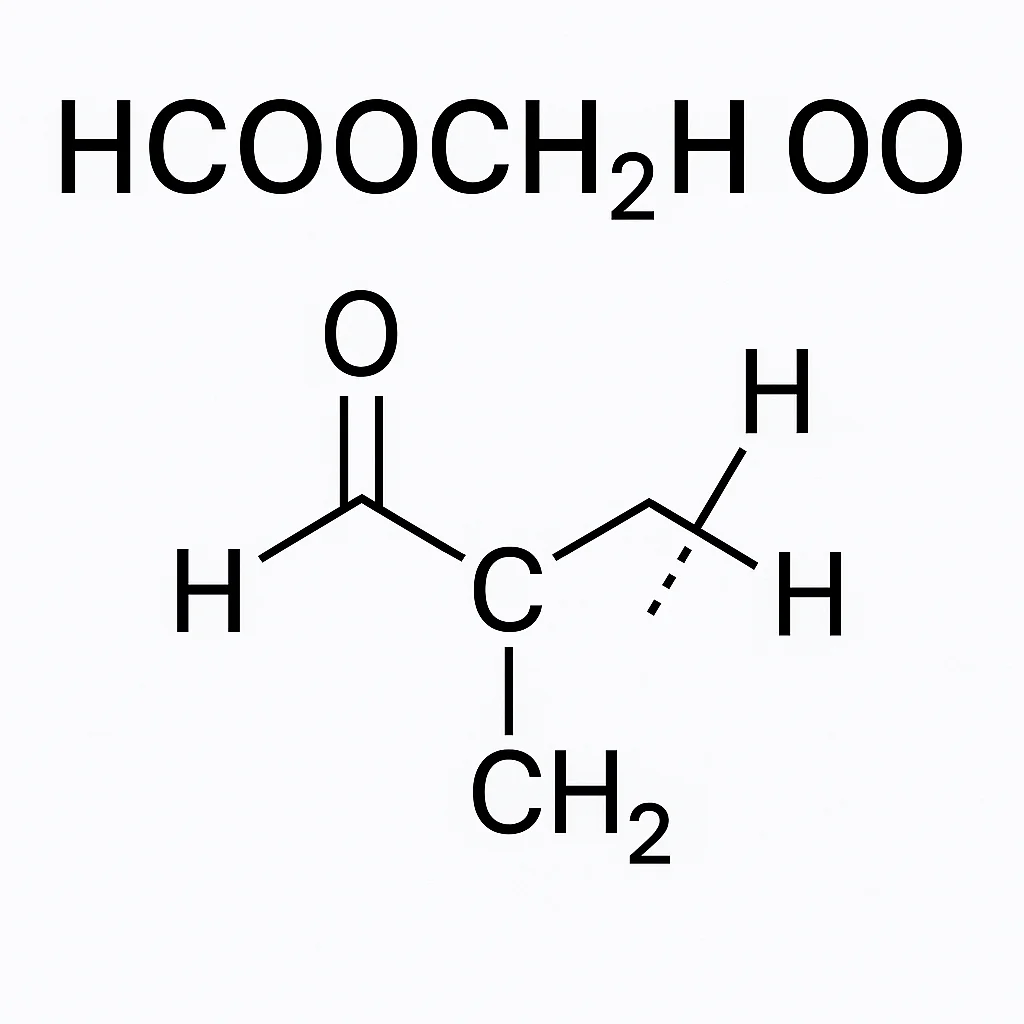Understanding the compound HCOOCH CH2 H2O is essential for students, researchers, and professionals in the field of chemistry and biochemistry. This compound’s structure, properties, and reactions make it a valuable topic in organic chemistry.
In this guide, we will explain HCOOCH CH2 H2O, its chemical structure, significance in various reactions, how it’s used, and the best practices for working with or understanding this compound in educational or research contexts.
Introduction
HCOOCH CH2 H2O is a molecular expression that can be interpreted in organic chemistry through careful examination. It likely represents a mixture or a step in a reaction mechanism involving formic acid esters and water.
The breakdown of this expression gives insight into hydrolysis reactions or esterification pathways—common in both academic studies and lab applications. Understanding how HCOOCH CH2 H2O behaves chemically helps in grasping broader organic reaction mechanisms.
Benefits of HCOOCH CH2 H2O
How It Helps in Organic Chemistry Reactions
-
HCOOCH CH2 H2O is often used to explain hydrolysis and esterification reactions in textbooks and laboratories.
-
It serves as a base example when discussing reaction intermediates or functional group transformations.
-
Its presence in educational exercises helps build a foundation for more advanced reaction synthesis studies.
Key Advantages for Chemistry Students and Researchers
-
Assists in visualizing molecular structures and predicting reaction outcomes.
-
Simplifies the understanding of ester functional groups and their behavior in the presence of water.
-
Enhances conceptual clarity in topics like nucleophilic acyl substitution and acid-base behavior in organic systems.
How to Use/Apply HCOOCH CH2 H2O
Step-by-Step Guide
-
Identify the Functional Groups:
-
“HCOOCH” refers to a formate ester, where HCOO is formic acid and CH2 is attached, likely leading to further reactions.
-
“H2O” suggests hydration or hydrolysis depending on the reaction environment.
-
-
Understand the Reaction Context: In the presence of water (H2O) and under acidic or basic conditions, esters like HCOOCH2 undergo hydrolysis, producing formic acid (HCOOH) and alcohol (CH2OH).
-
Reaction Pathway: HCOOCH2 + H2O → HCOOH + CH2OH
-
Write Balanced Equations: Always ensure molar ratios and reactant-product alignment are clear in chemical notation.
-
Practice Drawing the Structure: Use Lewis structures to show bond formation and cleavage.
Common Mistakes to Avoid
-
Misinterpreting the Formula: Assuming it’s a standalone compound rather than a reaction step or combination.
-
Ignoring Reaction Conditions: Many reactions involving HCOOCH CH2 H2O are condition-sensitive (acidic/basic).
-
Skipping Water Role: In hydrolysis, water is not just a solvent but a reactant.
Best Practices for HCOOCH CH2 H2O
Tips & Tricks for Better Results
-
Use Molecular Models: This helps understand 3D spatial arrangements.
-
Check Reactivity Trends: Know that esters are reactive toward hydrolysis especially under acidic or basic conditions.
-
Understand the Mechanism: Focus on nucleophilic attack on the carbonyl carbon of the ester.
Expert Recommendations
-
Study Similar Compounds: Compare HCOOCH2 with other esters like ethyl formate or methyl acetate to understand behavior patterns.
-
Review Organic Mechanism Books: Use resources that explain acid/base catalysis in ester hydrolysis.
-
Lab Simulation: Perform hydrolysis reactions in a controlled lab to visualize the theory in action.
FAQs About HCOOCH CH2 H2O
What is HCOOCH CH2 H2O in chemistry?
It typically represents a chemical reaction component, involving formate ester (HCOOCH2) and water, likely undergoing hydrolysis to form formic acid and alcohol.
Is HCOOCH CH2 H2O a stable compound?
As written, it is not a standalone stable compound, but rather a representation of a reaction step or combination of reactants.
What is the chemical structure of HCOOCH CH2 H2O?
The expression breaks down as:
-
HCOOCH2: Formate ester with a methylene group.
-
H2O: Water molecule participating in hydrolysis.
What does HCOOCH CH2 H2O react to form?
It undergoes hydrolysis to produce:
Formic acid (HCOOH) + Methanol (CH2OH)
Why is this formula important?
It’s widely used in organic chemistry to illustrate ester reactions, mechanisms of hydrolysis, and acid-base behavior in aqueous solutions.
Conclusion
The expression HCOOCH CH2 H2O offers an excellent opportunity to explore key concepts in organic chemistry, especially ester hydrolysis. By understanding its components, significance, and behavior under reaction conditions, students and professionals can deepen their grasp of molecular transformations.
Whether you’re preparing for exams or conducting research, using accurate structures, practicing balanced equations, and understanding reaction mechanisms are vital steps. Keep learning, experimenting, and applying these principles in your study or lab work.
Stay curious. Explore deeply. Practice regularly.


